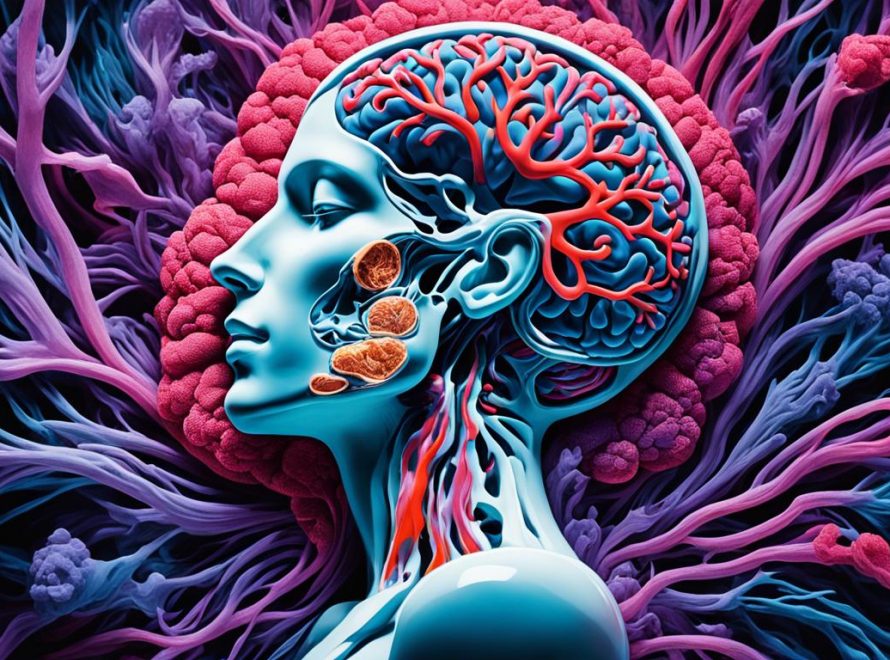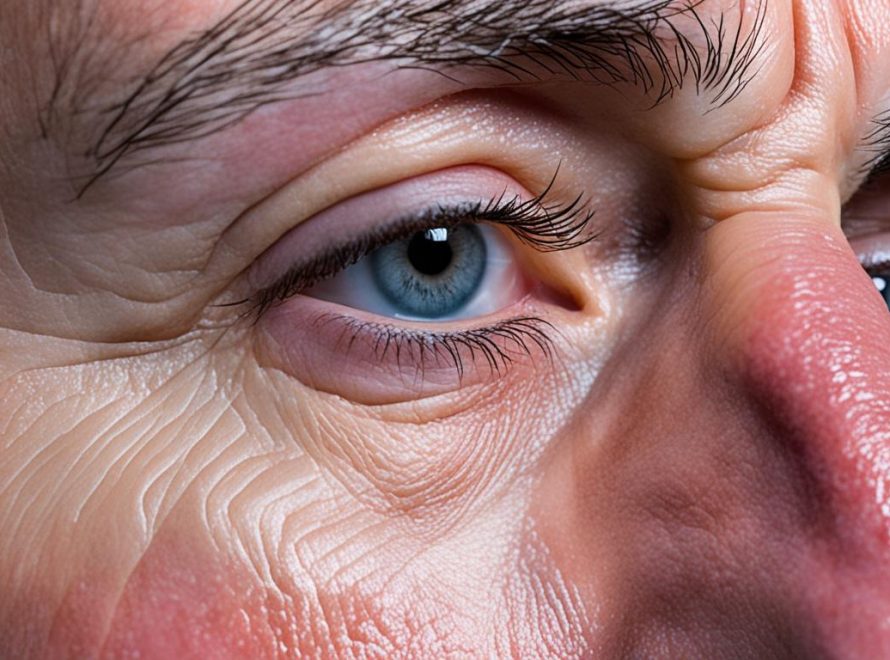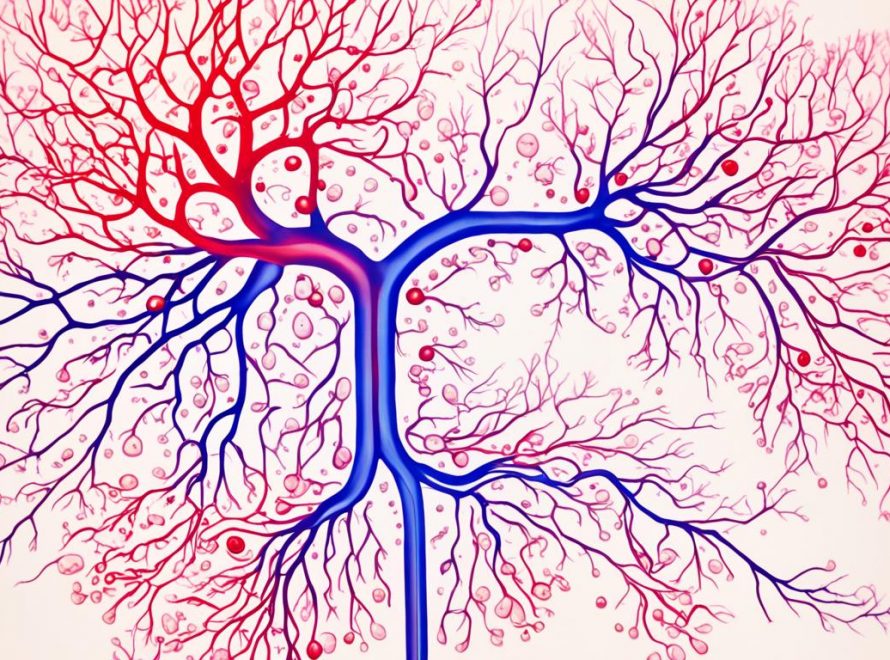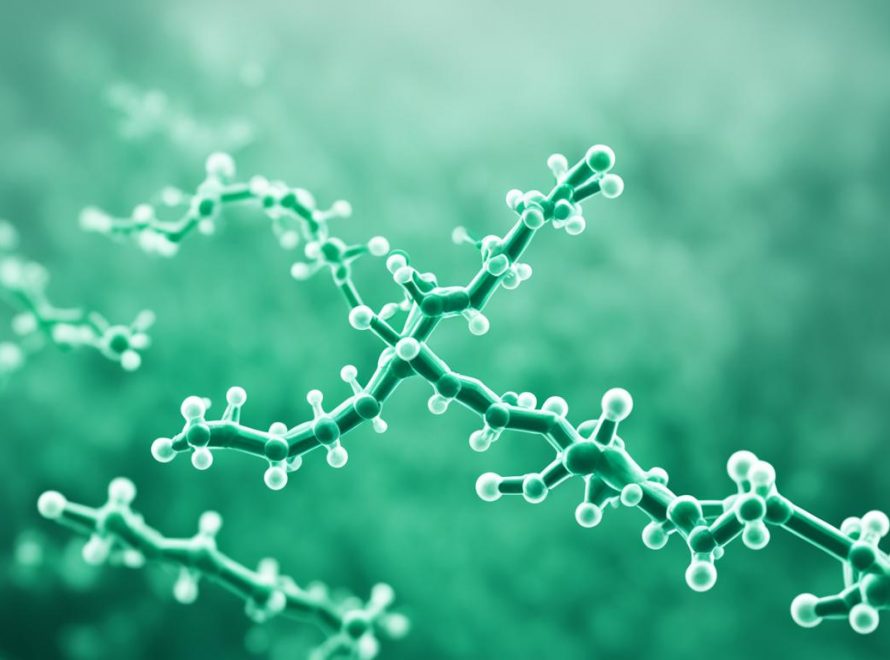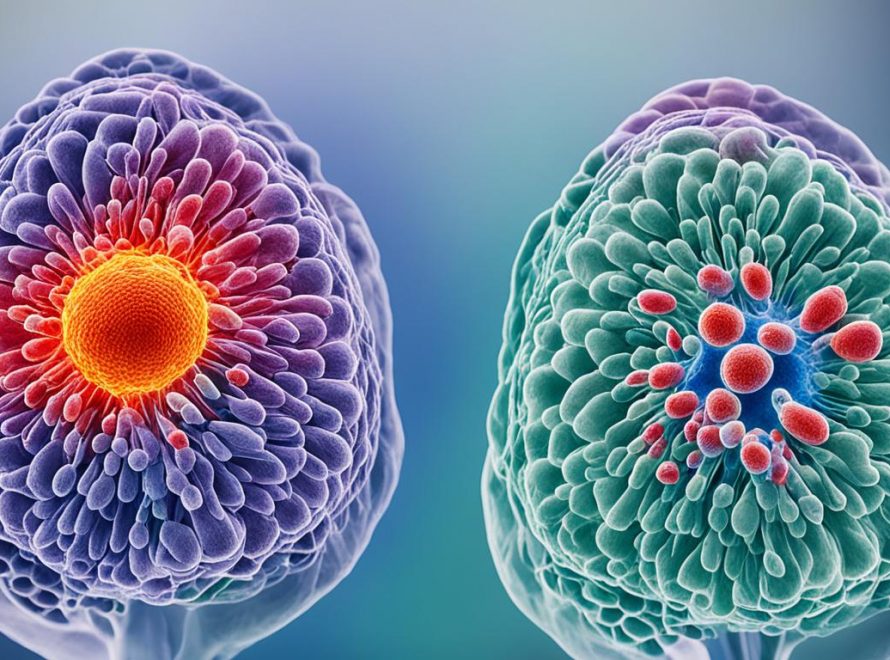Transforming Lives with
Advanced Stem Cell Therapy
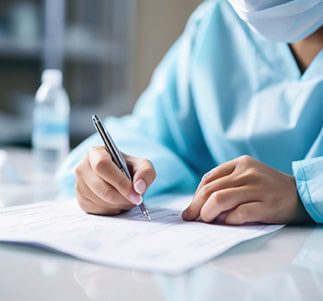
Make Appointment

Explain Your Condition

Get Consultation

Get Cure & Relief

About Us
Start your healthy life today with us
Stem cells are a key area in science that could change medicine and help many people. They are special cells that can keep dividing and renewing themselves. This makes them very useful for healing and making new tissues.
Stem cells can turn into different types of cells, like muscle, blood, or brain cells. This ability makes them very useful for treating many diseases. Researchers are looking into stem cells for Parkinson’s, Alzheimer’s, spinal cord injuries, heart disease, diabetes, and arthritis.
There are two main kinds of stem cells: embryonic and adult stem cells. Embryonic stem cells come from early embryos and can become almost any cell in the body. Adult stem cells are found in our bodies and can turn into fewer types of cells. Recently, scientists found a new type called induced pluripotent stem cells (iPSCs). These are regular adult cells that can act like embryonic stem cells.
Research on stem cells is moving fast. Scientists are working hard to understand and use these cells fully. As we learn more, we hope to find new treatments and cures for tough medical problems.
Stem Cell
Regenerative Medicine
Therapy
Finding Cures
Diamond Standart
Introduction to Stem Cells
Stem cells are special cells that can turn into many different types of cells in the body. They are key to making and keeping tissues and organs healthy. These cells can make more of themselves, which helps keep their numbers steady.
Stem cells can change into many cell types. This happens when they get the right signals and conditions. They can become blood cells, nerve cells, or muscle cells, among others. This change is controlled by complex processes that guide them to their new form.
Stem cells live in many tissues and at various stages of growth. Embryonic stem cells come from early embryos and can turn into any cell type. This makes them very useful for studying how cells develop and for understanding diseases.
Adult stem cells live in specific parts of the body, like the bone marrow or skin. They can change into a few different cell types, but not as many as embryonic stem cells. These cells help keep tissues healthy by replacing old or damaged cells.
When stem cells divide, they can make more stem cells or one stem cell and one specialized cell. This way, they keep their numbers up and help repair tissues. This process is crucial for keeping the body healthy.
Stem cell research is very promising for treating many diseases and injuries. Scientists hope to use stem cells to help with neurodegenerative disorders, heart disease, and spinal cord injuries. But, there are ethical concerns about using embryonic stem cells, leading to ongoing debates and rules.
In short, stem cells are cells that can become many different types of cells. They are essential for growth, repair, and keeping tissues and organs healthy. Learning more about stem cells could lead to new treatments for many health issues.
235 +
Looking for professionals & trusted Stem Cell Therapy?
don't hesitate to contact us.
3 +
Diamond Standart
Types of Stem Cells
Stem cells are divided into different types based on where they come from and what they can become. The main types are embryonic stem cells, adult stem cells, and induced pluripotent stem cells (iPSCs). Each type has its own special features and uses in science and medicine.
Embryonic Stem Cells
Embryonic stem cells come from the early stages of a developing embryo, around days 5-14 after fertilization. They can turn into any cell type in the body, except for those outside the embryo. These cells are only found early in development and are key in research to understand human growth and diseases.
Adult Stem Cells
Adult stem cells are found in many parts of the body, like the bone marrow, fat, and skin. They can become different cell types but not as many as embryonic stem cells. Their main job is to replace cells that are lost quickly in their tissue. Some examples of adult stem cells are:
- Hematopoietic stem cells (HSCs): In the bone marrow, they make all blood and immune cells.
- Mesenchymal stem cells (MSCs): In many tissues, they can turn into bone, cartilage, muscle, and fat cells.
- Neural stem cells (NSCs): In the brain and spine, they become neurons and glial cells.
Induced Pluripotent Stem Cells (iPSCs)
Induced pluripotent stem cells are a newer type, first made in 2006 by Shinya Yamanaka and his team. They come from adult cells, like skin or blood cells, that are changed to act like embryonic stem cells. This is done by adding certain genes that change the cell’s makeup. iPSCs can become many cell types and can keep making more of themselves.
This new type of stem cell is big news for personalized medicine, studying diseases, and testing drugs. It’s because they can come from a patient’s own cells, avoiding ethical issues and rejection problems with other stem cells.
Connect To Stem Cells Experts
Schedule a Stem Cells Delivery
Worldwide Solutions
Diamond Standart
Properties of Stem Cells
Stem cells have two key features: self-renewal and potency. These traits let them stay undifferentiated and become specialized cells. Knowing about stem cell properties is key for regenerative medicine and treating diseases.
Self-Renewal
Self-renewal means stem cells can divide many times without losing their stem cell traits. This keeps a steady supply of stem cells in the body. They self-renew through two main ways:
- Asymmetric cell division: A stem cell splits into two, one like itself and one that becomes a specialized cell.
- Stochastic differentiation: Stem cells can turn into different types of cells randomly.
Scientists study what makes stem cells self-renew to improve lab stem cell growth. This could help in cancer research, as cancer cells often don’t stop self-renewing.
Potency and Differentiation
Potency is how many cell types stem cells can turn into. Stem cells vary in potency:
- Totipotent stem cells: These can become any cell type in the body and create an entire organism.
- Pluripotent stem cells: These can turn into almost any body cell but not extraembryonic tissues.
- Multipotent stem cells: These can make a few related cell types.
- Oligopotent stem cells: These can turn into a few cell types, like blood cells.
- Unipotent cells: These can only make one cell type but can self-renew.
As stem cells change into specialized cells, they lose potency. Researchers aim to understand how stem cells differentiate. This could lead to new treatments for diseases.
Testimonials
Our happy client say
I would recommend practitioners at this center to everyone! They are great to work with and are excellemt trainers. Thank you all!

Maria Flynn
I would recommend practitioners at this center to everyone! They are great to work with and are excellemt trainers. Thank you all!

Jennifer Smith
I would recommend practitioners at this center to everyone! They are great to work with and are excellemt trainers. Thank you all!

Jane Brown
I would recommend practitioners at this center to everyone! They are great to work with and are excellemt trainers. Thank you all!

Becky Linch
I would recommend practitioners at this center to everyone! They are great to work with and are excellemt trainers. Thank you all!

Daniel Craig
I would recommend practitioners at this center to everyone! They are great to work with and are excellemt trainers. Thank you all!

Mariam Ness
Diamond Standart
Sources of Stem Cells
Stem cells are found in many parts of the human body. They come from embryonic and adult tissues. Embryonic stem cells come from early embryos, usually from extra embryos from in-vitro fertilization. These embryos are donated for research with the donors’ consent.
Adult stem cells are found in small numbers in many adult tissues. They can be found in the brain, bone marrow, blood, and more. Adult stem cells can keep dividing and creating new cell types. Mesenchymal stem cells, a type of adult stem cell, can make bone, cartilage, and fat cells.
Amniotic fluid and umbilical cord blood are also sources of stem cells. Amniotic fluid has stem cells that can turn into different cell types. Umbilical cord blood is full of stem cells that can make all blood cells.
Induced pluripotent stem cells (iPSCs) are another source. They are adult cells turned into embryonic stem cell-like cells. iPSCs can become many cell types. This makes them useful for research and medicine, avoiding ethical issues of embryonic stem cells.
Choosing a stem cell source depends on many things like the use, ethics, and cell availability. Each source has its own benefits and downsides. Researchers are always looking into the potential of different stem cell sources.
Diamond Standart
Stem Cell Research and Controversies
Stem cell research is a hot topic, especially when it involves embryonic stem cells. This research could lead to new treatments for diseases like diabetes, Parkinson’s, and spinal cord injuries. But, the debate centers on the ethics of using embryonic stem cells, as it means destroying human embryos.
Ethical Concerns
The main ethical issue is the destruction of human embryos for stem cells. Some say the blastocyst, an early embryo, is a human life and should not be destroyed. They see it as an unimplanted human being at a critical stage.
On the other side, supporters believe the medical benefits outweigh the ethical concerns. They argue that using surplus embryos from fertility clinics is acceptable. These embryos would be thrown away anyway, and the research could save lives.
Regulation and Guidelines
To tackle the ethical issues, many rules and guidelines have been set. In the U.S., the National Institutes of Health (NIH) has rules for stem cell research. These rules set the standards for using embryonic stem cells in research funded by the NIH.
The NIH rules say embryonic stem cells must come from embryos created for fertility treatments and not needed anymore. Donors must give informed consent, and creating embryos just for research is banned.
The debate on stem cell research has changed over time. In 2001, President George W. Bush limited funding to existing stem cell lines. But in 2009, President Barack Obama changed this, allowing new stem cell lines and more funding for research.
Despite the debates and changes, stem cell research keeps moving forward. Scientists are looking into adult stem cells and induced pluripotent stem cells (iPSCs). These options don’t involve destroying embryos and show great promise for addressing ethical concerns.
About US
Start your healthy life
today with us
Introduction to Stem Cells
Individual Approach
Nice Atmosphere
Comprehensive Care
Individual Approach
Nice Atmosphere
Infection Prevention
Personalized Treatment
Medical Service
Diamond Standart
Culturing Stem Cells in the Laboratory
Stem cell research has made big strides in recent years. Scientists can now grow and keep stem cells in labs for a long time. To do this, they focus on the lab’s setup, the tools used, and making precise rules. Setting up a lab for stem cell culture takes a lot of time and hard work. It’s important for the cells to grow well and follow the rules.
Growing Stem Cells
Growing stem cells in a lab is called cell culture. Cells are put in a dish with a special liquid called culture medium. This medium has nutrients that help the stem cells grow.
As cells grow and fill the dish, they need to be moved to new dishes. This is called subculturing. It helps keep the cells growing well. Each time cells are moved is called a passage.
Labs need certain tools to grow stem cells well. These include:
- Biosafety cabinets
- CO2 incubators
- Pipettors
- Water baths
- Centrifuges
- Microscopes
- Storage facilities
For more detailed work, labs also use special tools. These include RT-PCR machines, flow cytometers, and fluorescence microscopes.
Reprogramming Regular Cells into iPSCs
In 2006, scientists Shinya Yamanaka and Kazutoshi Takahashi changed stem cell research. They made induced pluripotent stem cells (iPSCs) from adult skin cells with four growth factors. This made cells go back to an early stage.
To make iPSCs, scientists use special genes that help cells stay young and flexible. These genes are added to cells using viruses or other methods. Changing cells into iPSCs takes a few weeks and changes their genes and look a lot.
Since they were found, iPSCs have been very useful in research. They help scientists study diseases, test new medicines, and create personalized treatments. With the right care, iPSCs can keep making new cells, offering a lot of cells for different uses.
Subscribe
to our newsletter
Diamond Standart
Stem Cell Identification and Characterization
Finding stem cells is key to understanding their unique traits and how they can help us. Researchers use different methods to spot stem cells and see if they can keep renewing themselves and change into different cell types.
To find stem cells, scientists look for specific markers on their surface. These markers, like CD34, CD133, and SSEA-1, show up on stem cells. They use techniques like flow cytometry and immunostaining to check for these markers and separate stem cells from other cells.
Functional tests also help check how stem cells work. For example, the CFU assay sees if single cells can grow into colonies. This shows if they can keep renewing themselves. These tests help identify different stem cells, like those in blood, bone, or brain.
Researchers also study stem cells by making them change into specific cell types in the lab. By using certain growth factors, they can turn stem cells into neurons, heart cells, or liver cells. This shows how versatile stem cells are.
Studying genes helps identify stem cells too. By looking at which genes are active, scientists can spot stem cells. This is done through RNA sequencing or microarrays. These methods help tell stem cells apart from other cells.
Labeling tests help find stem cells in the body. By adding a DNA label to cells, scientists can see which ones are stem cells. This has helped find stem cells in places like the breast, gut, and skin.
Understanding stem cells is crucial for their use in medicine. By using various methods, like markers, tests, and gene studies, scientists can learn a lot about stem cells. This knowledge is key for making new treatments and improving health care.
Diamond Standart
Applications of Stem Cells in Biomedical Research
Stem cells have changed biomedical research, offering new ways to understand human biology and create new treatments. Scientists use these cells to study diseases and find new ways to treat them. They can see how diseases start and work on new treatments.
Understanding Disease Biology
Stem cells help scientists understand how diseases start. By looking at how stem cells turn into different cell types, they learn about disease causes. For example, a 2015 study showed how stem cells could become retinal ganglion cells. This helps us understand eye diseases.
Scientists also use stem cells from patients with diseases to create models. These models let them study diseases in the lab. For instance, they can study Alzheimer’s and Parkinson’s diseases using stem cells from patients.
Drug Discovery and Testing
Stem cells are also key in finding new drugs and testing them. Old ways of testing drugs used animals, which might not be like humans. But stem cells can make cells that are more like human cells, making testing more accurate.
Scientists can make specific cells from stem cells to test drugs. For example, a 2012 study showed that stem cell-made heart cells could help fix damaged hearts. This shows how stem cells can help test if drugs are safe and work.
Now, scientists use stem cell-based models to test drugs. These models are like tiny versions of human organs. They let scientists see how drugs affect cells in a way that’s closer to real life. Using cells from patients, they can even test drugs that might work best for each person.
In summary, stem cells are vital in biomedical research. They help scientists understand diseases, find new treatments, and work on regenerative medicine. As research goes on, stem cells will likely change healthcare and help more patients.
Diamond Standart
Stem Cell Therapies and Regenerative Medicine
Stem cell therapies are a new hope in regenerative medicine. They could change how we treat many diseases and injuries. By using stem cells, scientists aim to make therapies that can fix damaged tissues and organs. This could help patients with conditions that were once untreatable.
Potential for Tissue Engineering and Transplantation
Stem cells are very promising for making new tissues and organs. They can turn into different cell types, making them key for creating transplantable tissues. By mixing stem cells with special materials and growth factors, scientists can make tissues that work like the real thing.
This could solve the problem of not having enough donor organs and lower the chance of rejection. For instance, stem cells could be used to fix heart damage after a heart attack. They could also make insulin-producing cells for diabetes. Plus, stem cells can be made into tissues that match a patient, reducing the risk of rejection and improving outcomes.
Challenges and Future Prospects
Even though stem cell therapies are very promising, there are big challenges to overcome. One big issue is making sure these treatments are safe and work well. Scientists need to control how stem cells grow and change to avoid problems like tumors or the wrong cell types. They also need to check if the tissues made from stem cells stay stable and work well over time.
Another challenge is making stem cell-derived tissues and organs on a large scale without it being too expensive. The process needs to be efficient and keep producing high-quality cells. Also, rules need to be set up to make sure stem cell therapies are safe and used right in hospitals.
Despite these challenges, the future of stem cell therapies looks bright. Research is uncovering more about stem cells and finding new ways to use their power. As we learn more and technology gets better, we’ll see more possibilities for cell-based therapies and making new tissues. This could lead to a future where regenerative medicine helps many patients.
Diamond Standart
Current State of Stem Cell Treatments
Stem cell transplants, especially bone marrow transplants, are a big step forward in treating blood and immune system disorders. They are mainly used for blood cancers like leukemia and lymphoma. This method involves putting stem cells from bone marrow, blood, or umbilical cord into a patient to help rebuild their blood system after cancer treatment.
Stem cell transplants have been a success in fighting some blood cancers. But, they are still being tested for other conditions. Researchers are looking into using adult stem cells for heart failure. However, these treatments are not yet widely accepted.
Recently, there has been a big push in stem cell research. More clinical trials are being done to see if stem cells can help with diseases and injuries. These include macular degeneration, Parkinson’s disease, stroke, osteoarthritis, and traumatic brain injury.
Even with progress, there are still big challenges to overcome. These include:
- Safety concerns, such as immune rejection and the risk of tumors
- Improving how stem cells can be made from iPS cells
- Getting stem cells to work properly in the body, especially for heart repair
Scientists are working hard to solve these problems. They’re using new technologies like CRISPR/Cas9 to make stem cell treatments safer and more effective. As research goes on, stem cell treatments could change the way we treat many diseases. This includes those affecting the brain, diabetes, arthritis, and more, offering hope for the future.
Diamond Standart
Advances in Stem Cell Research
The field of stem cell research has seen huge leaps forward in recent years. New discoveries and technologies are leading to innovative therapies and a better understanding of cells. This research is pushing the limits of regenerative medicine, offering hope to patients with many diseases and disorders.
Recent Breakthroughs
A big step forward has been the creation of induced pluripotent stem cells (iPSCs). These cells can be turned into embryonic-like cells from adult cells. This has opened up new ways to study diseases, find new drugs, and tailor treatments to individuals. iPSCs have helped patients with macular degeneration see better and show promise in treating severe graft vs. host disease.
Another big leap is the use of CAR-based therapies for B-cell leukemia or lymphoma. These therapies have shown great results in patients. Mesenchymal stem cell therapy has also made a big difference in stroke patients, improving their muscle strength and movement.
Emerging Technologies
Stem cell research has greatly benefited from new technologies that let us control cell behavior better. Some of these technologies include:
- Gene editing techniques, like CRISPR-Cas9, which let us change the genes of stem cells. This helps fix genetic problems and study how genes work.
- Organoid technology, which creates tiny, three-dimensional organs from stem cells. It’s a powerful tool for studying diseases and testing treatments.
- Single-cell sequencing, which looks at each cell in a group. It shows how different stem cells can be and how they change over time.
- Biomaterials and scaffolds, which help stem cells grow and change into complex tissues and organs.
As these technologies get better, they will help stem cell research even more. This means more discoveries and new ways to help people. With all the progress, it’s an exciting time for stem cell research, and the benefits for health could be huge.
Diamond Standart
Future Directions in Stem Cell Biology
The future of stem cell biology is bright, offering big changes for regenerative medicine, disease modeling, and finding new drugs. Researchers are making big strides in understanding stem cells. This leads to new ways for personalized medicine.
Gene editing tools like CRISPR-Cas9 are making it easier to change stem cells. This could lead to better treatments and ways to study diseases.
One exciting area is the creation of organoids and tissue chips. These tools mimic human tissues, helping scientists study diseases and test treatments. Neural organoids, for example, can model complex brain tissues and mimic how they develop.
But, making these models more like real tissues is still a challenge. They need better blood flow to grow and develop fully.
Stem cell therapies could change how we treat diseases. Scientists are looking at using stem cells to help the heart after injury. Early results show promise, with few side effects.
Another breakthrough is finding a way to make muscles younger in older people. This could help those with muscle diseases.
As stem cell research moves forward, we must tackle big challenges. Making sure stem cell treatments are safe and work well is key. We also need to make these treatments easier to produce on a large scale.
By using stem cells and new technology, scientists can open up new areas in personalized medicine. This could change healthcare for the better.
Diamond Standart
Conclusion
Stem cell research has made huge progress, offering hope for new treatments. These cells can become different types of cells and keep making more of themselves. This makes them key for creating new medicines and therapies.
Researchers are looking into different kinds of stem cells, like those in bone marrow and induced pluripotent stem cells (iPSCs). They see a lot of potential in these cells.
But, there are challenges ahead. Using embryonic stem cells has sparked debates and led to rules. There are also technical issues, like the risk of the body rejecting the treatment or genetic mistakes. Yet, research is moving forward with new discoveries and approvals of stem cell treatments.
Looking ahead, working together and getting more funding are key. This will help us understand and use stem cells fully. By tackling the challenges and questions, we can bring in a new era of medicine that changes lives and improves healthcare.
Diamond Standart
QA
Q: What are stem cells?
A: Stem cells are undifferentiated cells that have the ability to develop into different types of cells in the body.
Q: How are stem cells used in medicine?
A: Stem cells are used in various medical treatments, including stem cell transplants and regenerative medicine.
Q: What is a stem cell transplant?
A: A stem cell transplant is a procedure that replaces damaged or diseased cells with healthy stem cells.
Q: What are the different types of stem cells?
A: There are different types of stem cells, including human embryonic stem cells, blood-forming stem cells, and somatic cells.
Q: How are stem cells used to treat diseases?
A: Stem cells are used to treat diseases by replacing damaged cells with healthy ones, such as in bone marrow transplants.
Q: Can stem cells be used to regenerate heart muscle cells?
A: Yes, stem cells can be used to regenerate heart muscle cells and potentially treat heart conditions.
Q: What is the role of stem cell research in medical advancements?
A: Stem cell research plays a crucial role in developing new treatments and understanding how stem cells can be used to heal various conditions.
Q: How do stem cells differ from other cell
A: Stem cells have the unique ability to self-renew and differentiate into specialized cell types, unlike other cells in the body.
Stem cells are divided into different types based on where they come from and what they can become. The main types are embryonic stem cells, adult stem cells, and induced pluripotent stem cells (iPSCs). Each type has its own special features and uses in science and medicine.
Contact Us
Make an appointment
apply for treatments
Client-07


Client-06


Client-05


Client-04


Client-03


Client-02






